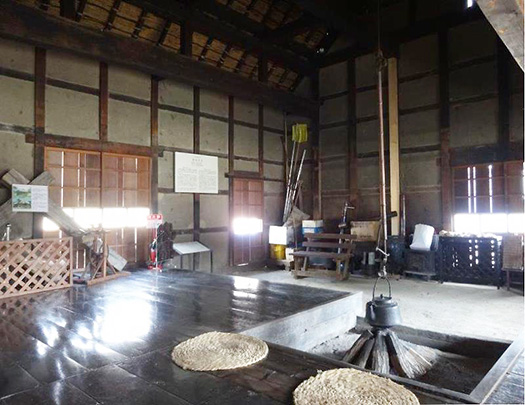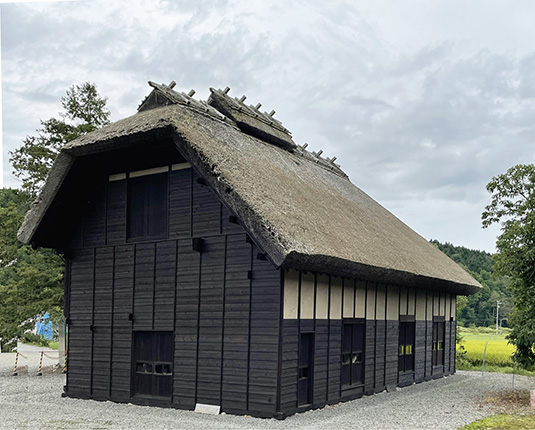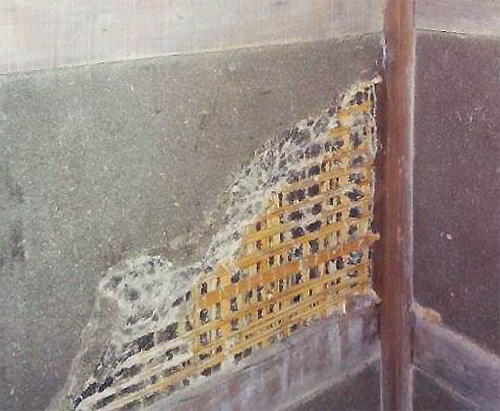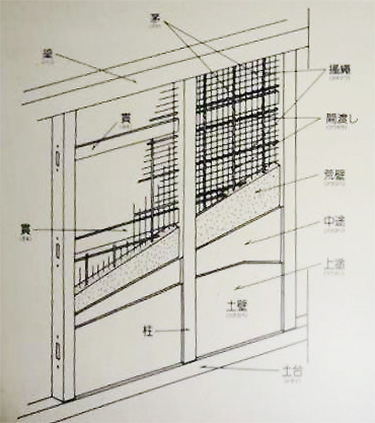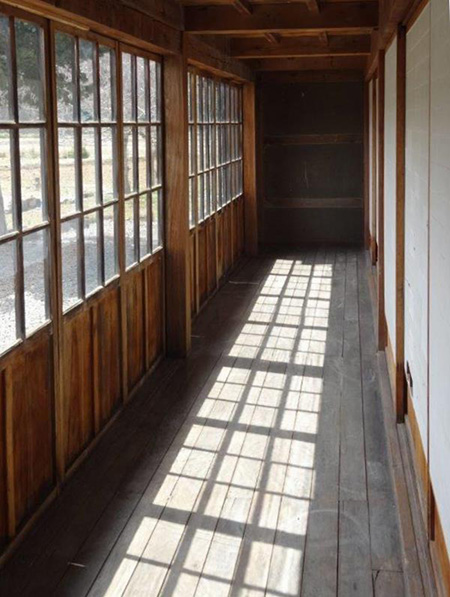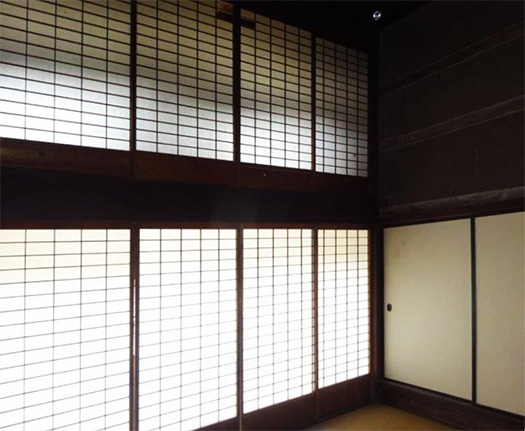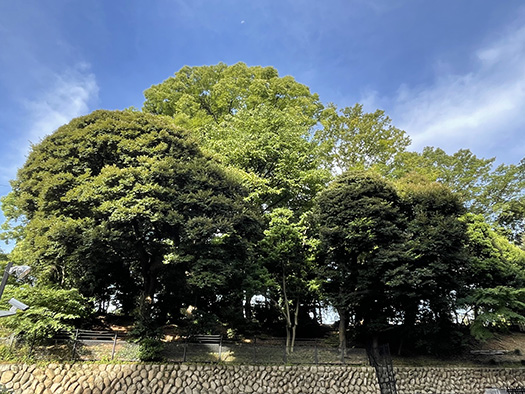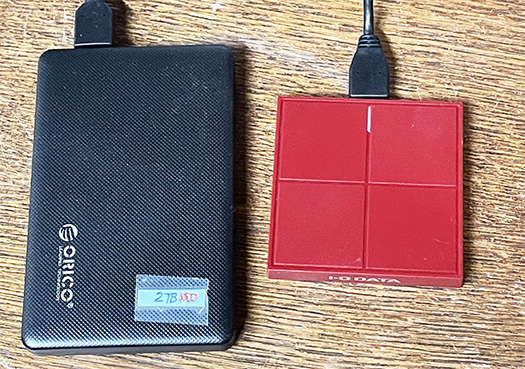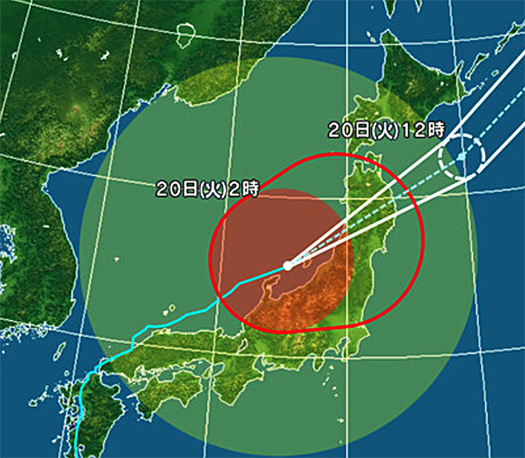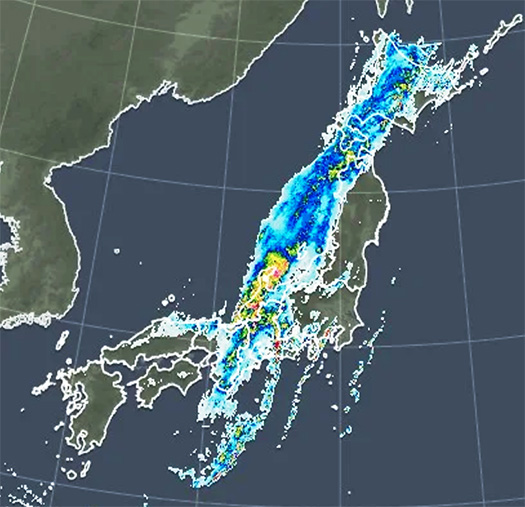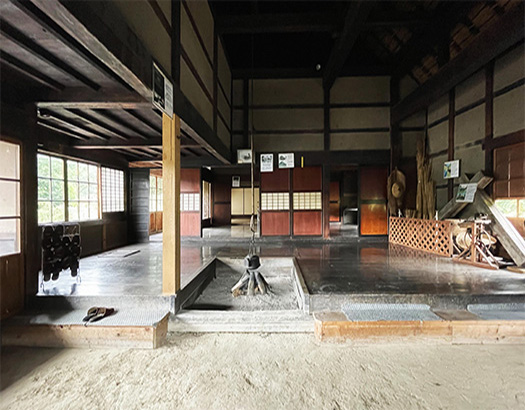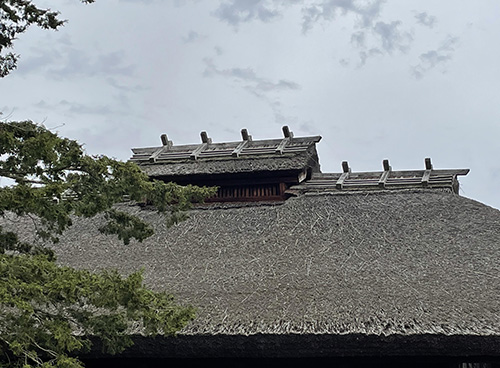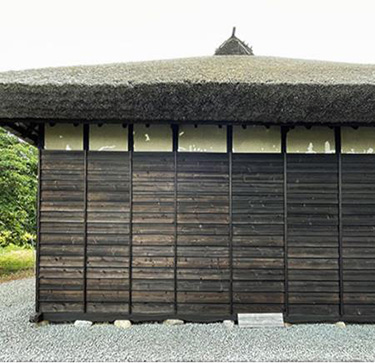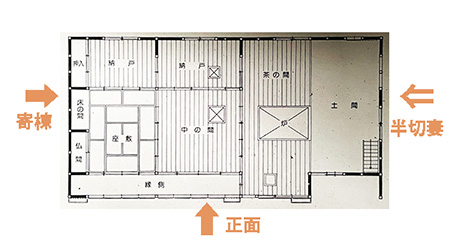
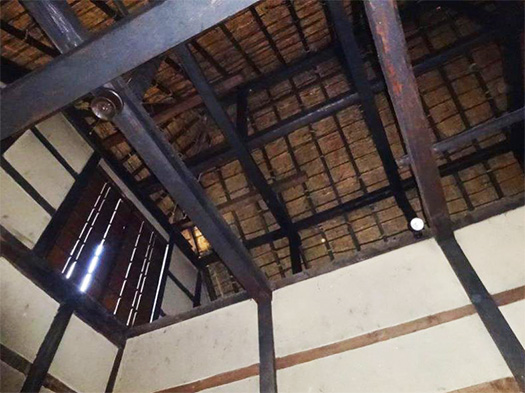
北海道ではこういった生業に即した民家建築というのは
主に日本海側・西部海岸沿いの漁家建築が多数残っている。
どちらもその産業による建築への要請が色濃くあって、
いかにも「用の建築」という要素が強く感じられる。
現代の住宅というものが失いつつある、職業との一体性が強い。
古民家というものが現代人に強い郷愁をもって受け止められるのには、
こうした「生業感」というものが大きいのではないかと思っています。
用から来る建築の成り立ちとか、規範性のようなものが明白で
そこに「人間の営み」感が強く感じられ、
はるかに伝わってくる先人の息づかいへの共感力が大きい。
こういう感じ方は「民藝」に通じる部分だと思うのだけれど、
概念規定が必ずしも明確ではない民藝運動としては
古民家建築についてあいまいな状態のままになっていると思う。
創始者の柳宗悦の構想力以上に、大スポンサーとしての倉敷・大原家の方が
ただしく古民家の空間性を評価していると思う。
実際にそうした住宅建築を体感してきての実感であります。
日常使いの「民具」についても柳宗悦などが「これがそうだ」と
決めつけただけで、氏が亡くなった後はその概念範囲が不明になってしまった。
そう感じている多くの人々によってその後、民藝のより本然形として
「古民家」への強い支持が示され、いわば民藝は止揚されたのかも。
結局、人間活動の究極的な「用」としては古民家そのものが
より巨大な「文化」領域になってきているのではないか。
さらに個人的な意見として、北海道が生み出した住宅の革新は、
現代生活文化にとって超越的な「民藝運動」ではないかと思っています。
人々の暮らしの根底的な「用を満たす」という似た出自だが、
実質的な「革新性」では、はるかに超える文化性を創造している。
いまだに北海道の住宅進化を認識していない現在の民藝運動に残念感を抱く。
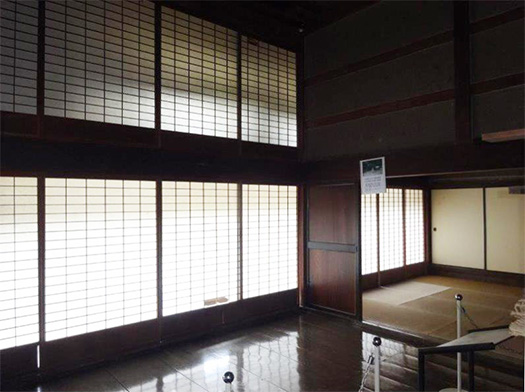
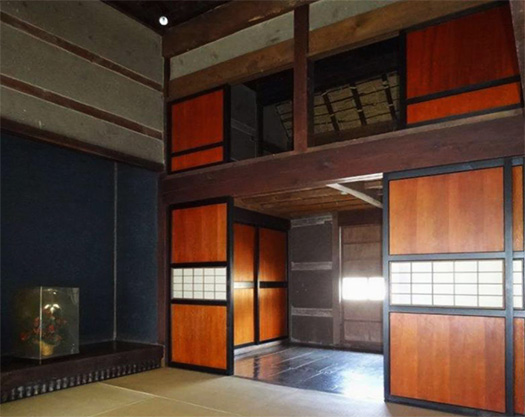
この旭川に遺された養蚕民家は開拓に必死に立ち向かった
1905年段階の移住者の魂魄をそのまま生々しく息づかいとして伝えている。
一般的和風建築が高い階高への志向性を感じさせない中で、
養蚕という具体的な空間目的に対して率直に高く大きな空間を
素朴に追求している様子が明白。
2階の壁の上部は屋根まで開放された大空間が広がり、
室内建具は吹き抜けに対して2階分が上下に積み上げられていて
一般的古民家に対して稀有な巨大空間性を見せてくれている。
まるで開拓期アメリカ西部でのバルーンフレームのような
大空間志向、寒冷な気候に対して内部気候の安定性を強く求めた
ひとびとの生きた痕跡を強烈に発信してくれている。
建築存在そのものが強い情報発信力を持っている。
吹き抜けが一般的になった現代住宅でも、間仕切り建具がタテに積層するのは
ほとんど見ることのない、きわめて独特の室内空間。
養蚕の目的にきわめて素直な全館吹き抜けという独特の和風建築。
その後の北海道住宅建築が本州以南地域の既存常識を打破していく
開拓初期の奔放な革新性を発揮していると思います。
English version⬇
Mingei” architecture that is faithful to its original purpose: A silkworm-raising house in Higashi Asahikawa.
The minka is the ultimate form in the realization of the essence of folk art, the “use” of human life. The housing innovations of modern Hokkaido are realizing transcendent “use”. ……
In Hokkaido, this type of minka architecture is mainly found along the western coastline of the Sea of Japan, where many fishermen’s houses are still standing.
In Hokkaido, there are many minka buildings that were built to meet the needs of the industry, mainly along the Sea of Japan and the western coast.
Both of these structures are strongly influenced by the needs of the industry, and
The architecture of the minka is strongly “architecture for use”.
They have a strong sense of unity with their occupations, something that modern houses are losing.
The reason why modern people feel a strong nostalgia for old private homes is that they have a strong sense of “livelihood.
I believe that this “sense of occupation” is a major factor in the strong nostalgic appeal of old private homes to modern people.
The architectural origins and norms that come from the use of the house are obvious, and the sense of “human activity” is strong in them.
and the sense of “human activity” is strongly felt.
and the empathy for the breath of our predecessors that is transmitted far and wide is great.
I think this kind of feeling is a part of “folk art,” but the concept is not always clear.
However, as a folk art movement that does not necessarily have a clear conceptual framework, it is difficult to define the concept of “mingei”.
I think that the concept of old private house architecture is still ambiguous.
The Kurashiki Ohara family as a major sponsor is more important than the conceptual power of Muneyoshi Yanagi, the founder of the Mingei movement.
I believe that the Kurashiki Ohara family, as the major sponsor, has a greater appreciation for the spatiality of the minka than Muneyoshi Yanagi, the founder of the minka movement.
This is my feeling after having actually experienced such residential architecture.
As for “folk tools” for daily use, Muneyoshi Yanagi and others
After his death, the scope of the concept became unclear.
After his death, the scope of the concept became unclear.
Mingei may have been sublimated, so to speak, by the strong support for “kominke” (old private houses) as a more natural form of mingei.
In the end, as the ultimate “use” of human activity, the minka itself
In the end, the old private house itself may have become an even larger “cultural” field as the ultimate “use” of human activity.
Furthermore, in my personal opinion, the housing innovations created in Hokkaido
transcendental “folk art movement” for the culture of modern life.
Although similar in origin to fulfill the fundamental “needs” of people’s lives, the “innovativeness” of Hokkaido’s housing is a transcendent “Mingei” movement for contemporary life culture.
In terms of substantive “innovation,” it is creating a cultural quality that goes far beyond.
I feel a sense of disappointment in the current Mingei movement that still does not recognize the evolution of housing in Hokkaido.
This sericultural house left behind in Asahikawa conveys the spirit of the settlers in 1905 who desperately faced the frontier.
The spirit of the immigrants in 1905 is vividly conveyed in this house.
While the general Japanese-style architecture does not seem to be oriented toward high stories, this house is a very large and frankly high house for the specific purpose of sericultural purposes.
It is obvious that the building is frankly pursuing a high and large space for the specific spatial purpose of sericulture.
The upper part of the second floor wall is open to the roof.
The upper part of the wall on the second floor opens up to the roof, creating a large space.
The fittings in the room are stacked up and down for the second floor against the stairwell.
The interior fittings are stacked two stories above and below the stairwell, creating a huge spatiality rarely seen in ordinary old houses.
It is like a balloon frame in the pioneer American West.
The large-space orientation and the cold climate of the region
The building itself has a strong power to transmit information.
The very existence of architecture itself has a strong ability to transmit information.
Even in modern housing, where vaulted ceilings have become commonplace, the vertical stacking of partition fittings is a very unique feature that is rarely seen in modern housing.
This is a very unique interior space that is rarely seen.
This is a unique Japanese-style building with a full-length stairwell, which is very much in keeping with the purpose of sericulture.
Hokkaido’s subsequent residential architecture broke away from the conventional wisdom of the region south of Honshu.
The building demonstrates the unrestrained innovation of the early pioneering period.
Posted on 9月 25th, 2022 by 三木 奎吾
Filed under: 住宅性能・設備, 古民家シリーズ | No Comments »


